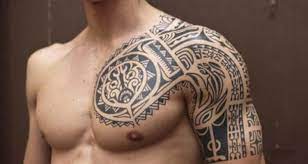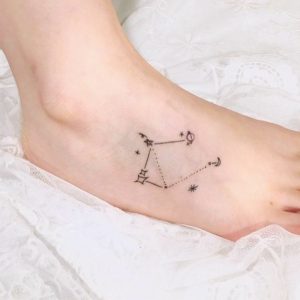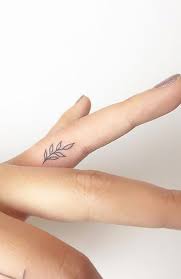
Tattoos have been used across cultures for various purposes, such as magical protection, displaying rank or ancestry, and purely for decoration. Tattoo designs hold symbolic meanings that vary based on different cultures.
Polynesian Tribes
Among Polynesian tribes, tattoos are a source of pride and a way to express culture and identity. Traditional tatau Tattoos were significant rites of passage and involved using fish bones as piercing tools to create unique designs and symbols on the skin. Polynesians often incorporate ocean imagery in their tattoos, with shark motifs symbolizing strength and protection, spearheads representing masculinity and bravery, and patu designs exemplifying daily rhythms and nature’s beauty.
Japan
Tattoos in Japan remain controversial due to their association with criminal activities and the yakuza. People with Tattoos are often seen as less trustworthy and face restrictions in accessing public areas. Japanese tattoos, known as irezumi, can cover various body parts. Forehead and chin tattoos are common for men as they age, while women typically show their Tattoos after marriage. Popular designs include koi fish (symbolizing courage and perseverance), dragons (symbolizing strength), and oni masks (representing misfortune and setbacks).
New Zealand Maori
The Maori of New Zealand are renowned for their artistic skill and strong connection to their land. A significant symbol within their culture is moko, the facial tattoo representing one’s mana or spiritual life force. Moko has a rich history, with each line depicting the wearer’s journey and connections to people or family groups. Moko was traditionally done by skilled artists using an uhi bone tool to carve intricate designs into the skin while reciting prayers.
Samoan
Samoan tattoos, known as tetanus, are performed by trained tattoo artists called tufugas. These artists use traditional handmade tools like small combs with sharp teeth to pierce the skin and inject pigment. The tools are made from wood, pig tusks, or turtle shells. Samoan men often get pea Tattoos as part of their rite of passage, featuring geometric designs that symbolize masculinity and strength. Women opt for malu tattoos, which cover their thighs and can represent their family and culture. Enata symbols, signifying deep cultural connections, are commonly featured in Samoan tattoos.

